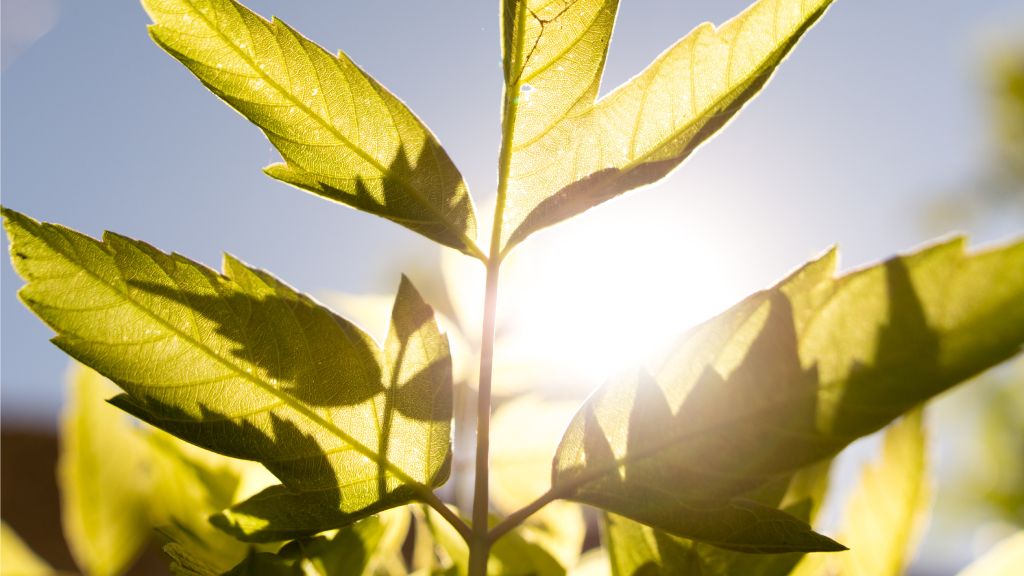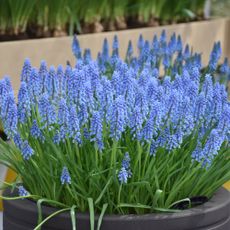What Is Sunscald: Learn About Sunscald On Plants

Did you know that plants and trees can get a sunburn just like human beings? Much like our sunburn, sunscald on plants damages the outer layer of a plant's skin. Leaves, stems, and trunks that have been exposed to too much strong sunlight can develop lesions, or damaged spots, that can allow diseases to enter the plant's system. This can cause unattractive flowers, sickly plants, and fruits that rot or don't develop. Keep reading for tips on treating sunscald.
What is Sunscald?
When tender plant parts are exposed to massive amounts of strong sunlight, the softer parts of the plant can become damaged. This will result in withered brown spots on the leaves, stems, and trunks of the plants and fruits that rot or get diseases. Fruit sunscald often happens in plants such as apples, berries, and grapes when disease or excess pruning takes away too many protective shade leaves, leaving the fruit open to damage. It is also common in many vegetable crops like tomatoes and peppers. Tree sunscald often happens to younger trees, especially in the fall or late winter when the weather changes rapidly. Warm days with strong sun encourage cells to open up on a young tree trunk, and cold, freezing nights shut them back down again. Trees that get sunscald on their trunks can be stunted and they may not develop as much fruit as their undamaged neighbors.
How to Prevent Sunscald
Treating sunscald is a matter of preventing it before it starts. After the damage has been done, there is no way to repair it. When it comes to protecting your fruit plants and vines, common sense care is the best medicine for fruit sunscald prevention. Place the plants where they get enough shade in the afternoon. Give them the right amount of water and fertilizer, and be careful when you prune the branches and vines. Provide loose shade by spreading thin lengths of cheesecloth over the growing fruit. Preventing sunscald on trees is something you should do with young plants in the fall. Wrap the trunks loosely with commercial tree wrap strips, winding the strip up the trunk like an overlapping candy cane stripe. Tape the end of the tree wrap to itself and never to the tree trunk. Remove the wrapping in the spring to allow the tree to grow naturally, then wrap it again the next fall. Some old-time fruit growers used to paint the trunks of young trees with white paint to protect them. This method works, but you'll end up with an unattractive tree with an odd white trunk, which won't fit in with many landscaping designs.
Gardening tips, videos, info and more delivered right to your inbox!
Sign up for the Gardening Know How newsletter today and receive a free copy of our e-book "How to Grow Delicious Tomatoes".
-
 Best Tomatoes For Containers: 10 Tastiest Varieties For Plentiful Produce In Compact Areas
Best Tomatoes For Containers: 10 Tastiest Varieties For Plentiful Produce In Compact AreasThese are the best tomatoes for containers that prove you don't need to have a large space or elaborate garden to grow delicious produce.
By Bonnie L. Grant
-
 Ultimate Potted Flowers For Spring: 8 Brilliant Blooming Options for Spring Containers
Ultimate Potted Flowers For Spring: 8 Brilliant Blooming Options for Spring ContainersCelebrate the most uplifting of seasons with the most dazzling container flowers imaginable. Here, we present some of the loveliest potted flowers for spring…
By Tonya Barnett